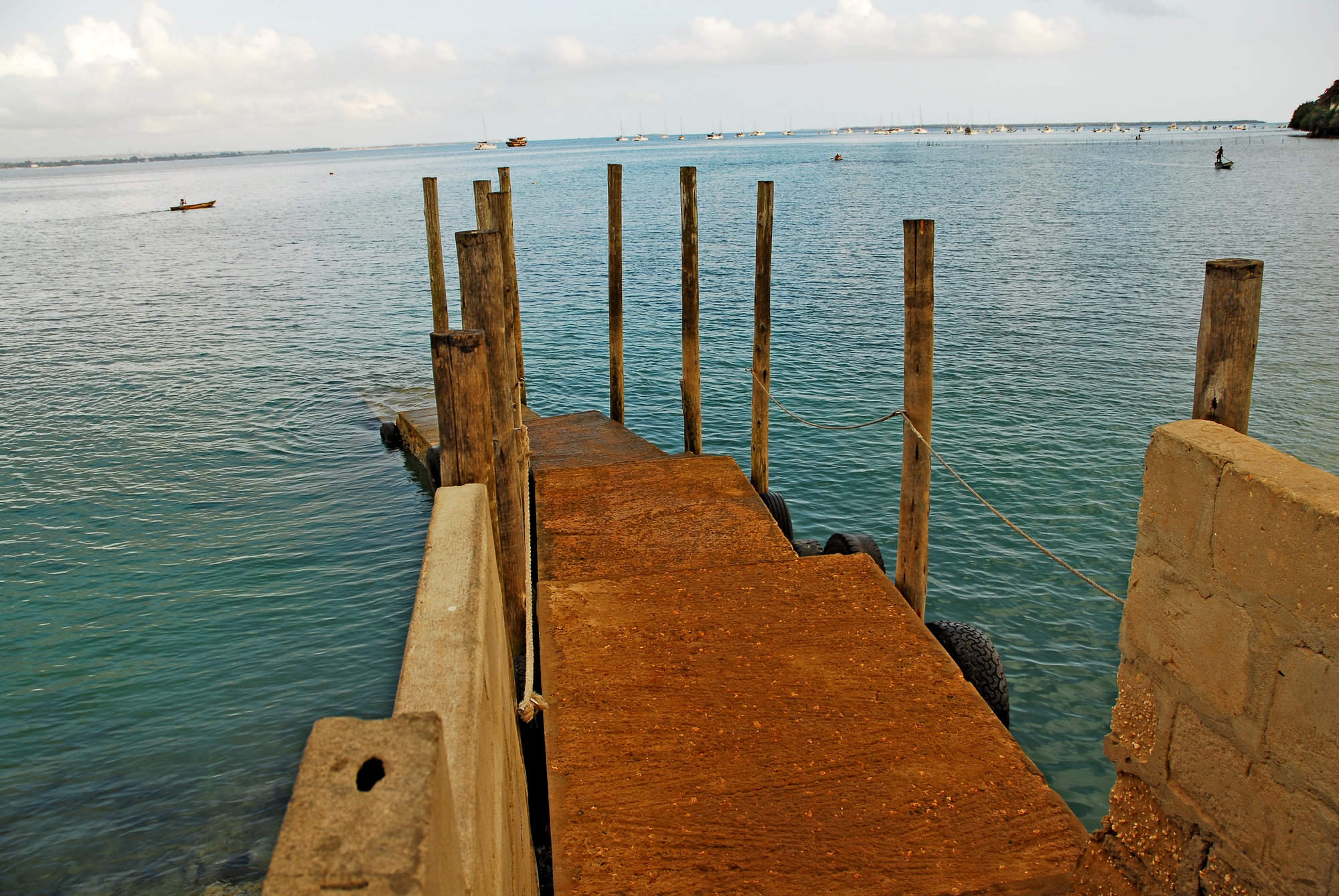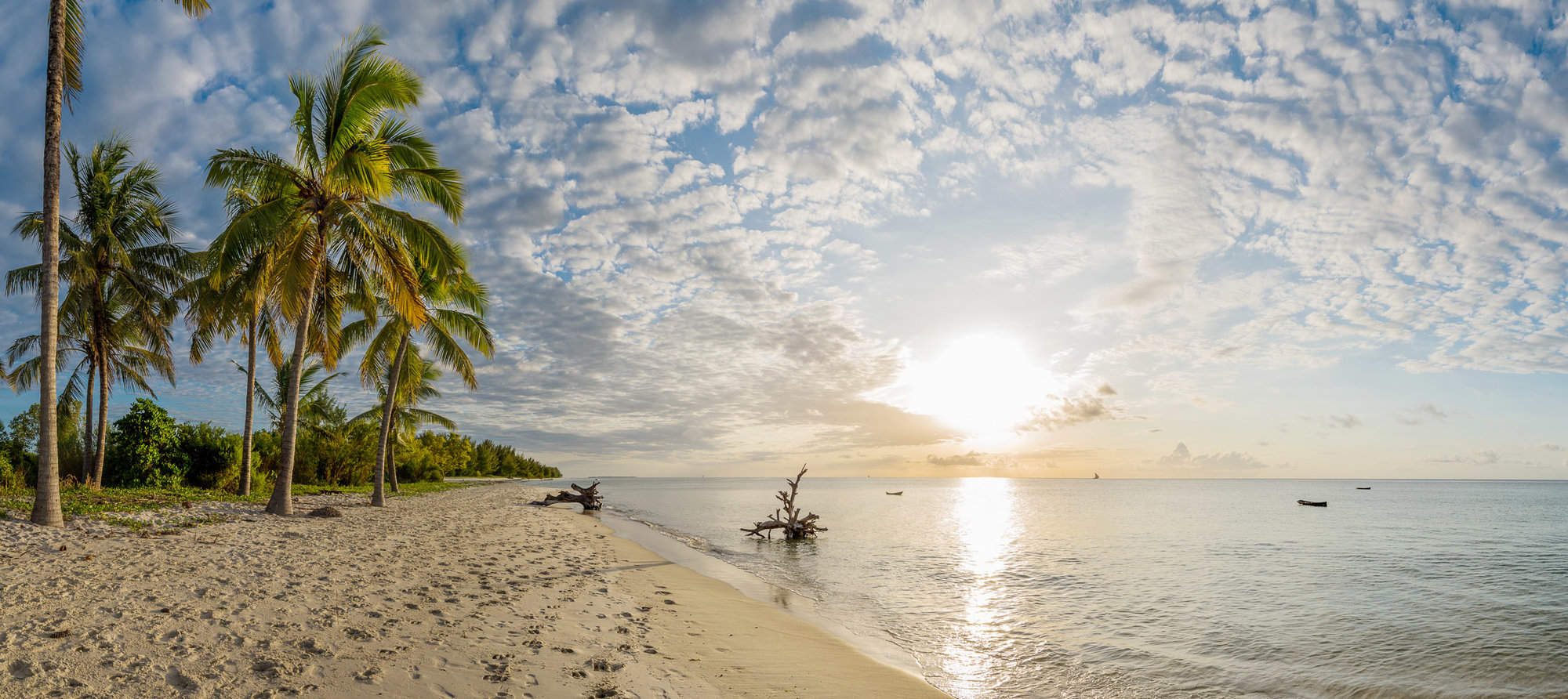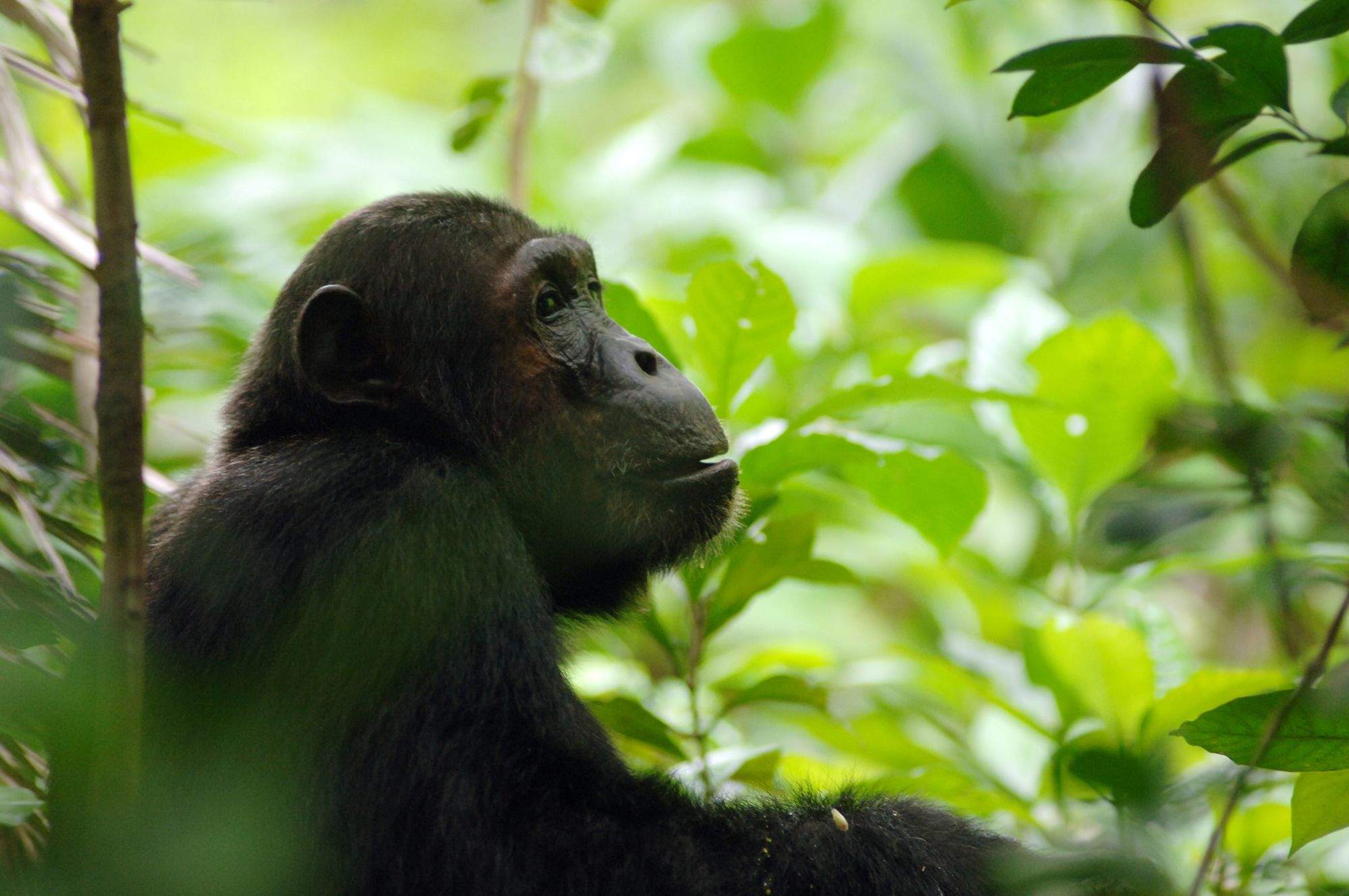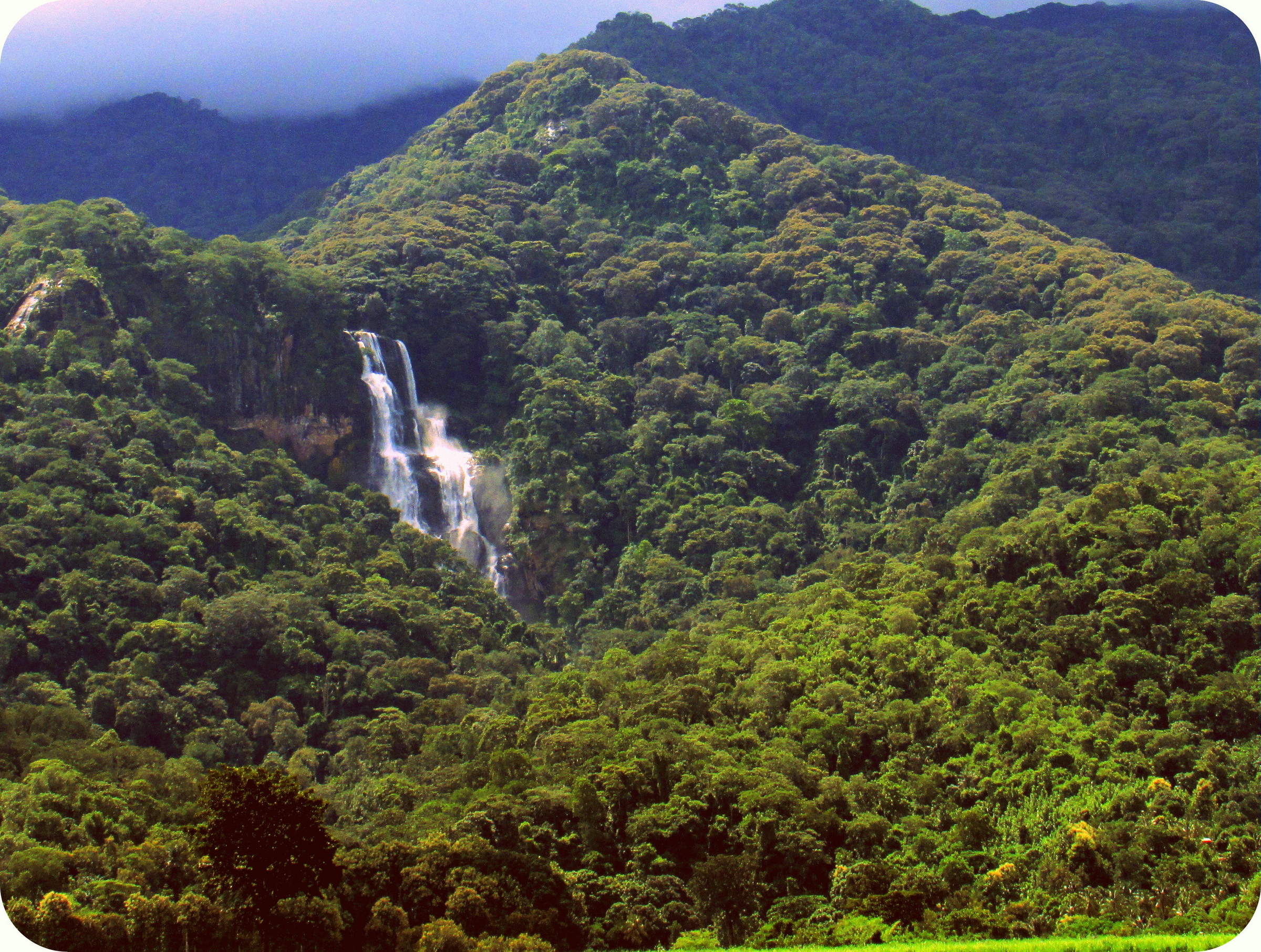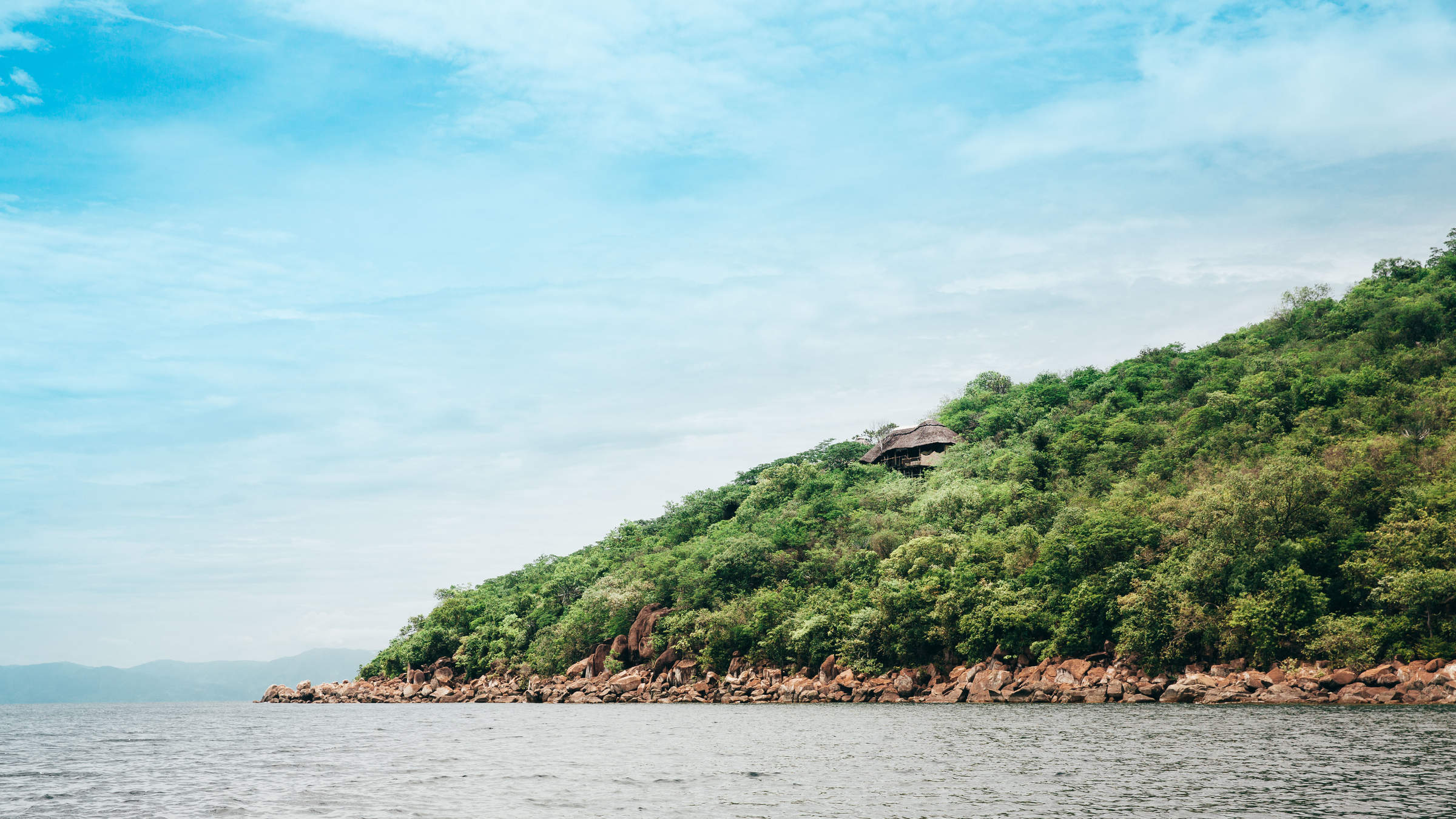
Katavi National Park
Katavi National Park
One of Tanzania's best dry-season parks, little-visited Katavi has big prides of lions preying on spectacular buffalo herds.
The far west of Tanzania is the location of two of Tanzania’s lesser-known national parks, Katavi National Park and Mahale Mountains National Park. This western circuit is extremely remote, tricky to access and pretty costly to visit. As a result few people make the effort to come here and so it has remained an untouched, unique experience, and very rewarding.
Katavi National Park is a name to conjure with. It is one of the best parks in Africa and many safari camp owners would love to build camps here. However, the logistics are difficult, and only a couple of small, permanent safari camps share the 4,500km² of wilderness. You sometimes run across more prides of lion than other people on a Katavi game drive.

Safaris visiting Katavi
Just ideas, we'll always tailor-make a trip for you

Chimpanzee Fly-in Safari
8 days • 3 locations
KILIMANJARO AIRPORT TO KILIMANJARO AIRPORT
Combining two of the remotest parks in Tanzania, this safari can deliver extraordinary wildlife viewing in Katavi, and East Africa's best chimp treks, on the shores of Lake Tanganyika.
US$13,190 - US$16,530 per person
Most recent reviews of our safaris to Katavi
Click below to browse all 38 reviews from Katavi National Park. All from our travellers; all are in full & unedited.
Arrived 23 Sep 2022, 19 nights
"My Sep 2022 trip"
Overall rating: Excellent
Arrived 25 Jul 2021, 11 nights
"Our Jul/Aug 2021 Serengeti/Katavi/Ruaha trip"
Overall rating: Excellent
Arrived 3 Oct 2019, 14 nights
"My Oct 2019 trip"
Overall rating: Excellent
Arrived 26 Jul 2019, 18 nights
"Southern and Western Tanzania Honeymoon"
Overall rating: Excellent
Arrived 10 Oct 2018, 15 nights
"Tanzania"
Overall rating: Excellent
Arrived 21 Sep 2018, 14 nights
"Dream vacation come true"
Overall rating: Excellent
Arrived 21 Jul 2018, 18 nights
"A Fantastic Vacation!"
Overall rating: Excellent
Arrived 25 Oct 2017, 9 nights
"A Unique safari experience"
Overall rating: Excellent
Arrived 7 Oct 2017, 21 nights
"Best trip ever."
Overall rating: Excellent
Arrived 6 Oct 2017, 11 nights
"My Oct 2017 trip"
Overall rating: Good
Where to stay in Katavi
Our suggestions for safari camps in Katavi National Park

Chada Camp
Chada Camp, in the heart of Tanzania's remote Katavi National Park, is a serious safari camp in a wild and relatively inaccessible part of Africa.

Chada fly-camping
Fly-camping from Chada Camp, in the heart of Tanzania's remote Katavi National Park is as wild as Africa gets.

Katavi Wildlife Camp
Katavi Wildlife Camp is a simple tented camp – one of only four in the remote Katavi National Park – with good wildlife sightings all year round.

Mbali Mbali Katavi
Mbali Mbali Katavi is a luxury, tented camp situated in the centre of Katavi and the only camp in the park with a swimming pool.
Our travellers’ wildlife sightings in Katavi
This is their success for sightings in Katavi National Park. Click on a species for more detail. How we work this out.

100% success

89% success

89% success

89% success

89% success

89% success

67% success

44% success

33% success

25% success

11% success

0% success

0% success

0% success

0% success

0% success

0% success
When to go to Katavi National Park
Our month by month guide: What it's like to visit Katavi in Tanzania
Jan
Feb
Mar
Apr
May
Jun
Jul
Aug
Sep
Oct
Nov
Dec
Tanzania in January
January usually marks the start of the short dry season, although the exact timings of this are a little unpredictable. You can expect clear blue skies and sunshine, if the short rains have stopped, and the temperatures will be building. The short dry season is a little less pronounced in Southern Tanzania, and so it can still be wet in these areas. It is an interesting time for avians as resident birds go into breeding plumage and migrant species can be present.
Once the New Year busy period has quietened down, January can offer great value and quieter parks, although the weather can be variable, and in the Selous and Ruaha the wildlife is more dispersed.
- Variable weather: clear & dry or cloudy with some rain.
- Occasional thunderstorms may occur.
- A good time of year for birding as and many migrant species are around
- The wildebeest migration is gathering in the southern Serengeti.
- Busy in early January, quietening down through the month.
Our view
A good time to visit, with pros & cons
Weather in January
Tanzania in February
February is during the short dry season and is one of the hottest months in Tanzania, with temperatures reaching around 33°Celsius. This can be a good time to visit, as some areas of the Northern Circuit are comparatively quieter than during the European summer months, and lodge rates are also a little lower.
The wildebeest will typically be on the southern plains of the Serengeti for their calving season, which tends to occur in a 2-3 week window in early-mid February – although this does vary year on year. This is also a particularly rewarding time for birdlife, as northern hemisphere migrants join the resident species.
- Hot and dry weather.
- Wildebeest migration calving on Serengeti’s southern plains.
- Ngorongoro Crater and southern Serengeti busy for the migration.
- Selous and Ruaha are typically quiet at this time.
- The parks are likely to be lush and green, leading to pretty landscape
Our view
A very good time to visit
Weather in February
Tanzania in March
The heavier ‘long rains’ start in earnest in March although exactly when varies year on year. With no need to stay close to permanent water sources, migratory wildlife disperses, and so game viewing starts to become more challenging. This is most prominently seen in Tarangire National Park. The wildebeest migration may still be calving, or have moved on into the central regions of the Serengeti.
Many of the camps in the southern parks close mid March and mobile tented camps in the Serengeti will wind down towards the end of the month in order to move location or carry out refurbishments, ready for the new tourist season.
- Hot with building humidity, before the rains begin at some point.
- Wildlife viewing is variable depending on the start of the rains.
- Parks are quiet and rates are low.
- Not great for southern or western Tanzania.
- March can be a good time for birding, with many migrant species.
Our view
A good time to visit, with pros & cons
Weather in March
Tanzania in April
April is in the middle of the long rainy season and is the wettest month, with on average 250mm of rain. Temperatures are fairly high and humid in comparison to the rest of the year. Expect the bush to be lush and flowering, and alive with insects, birds and smaller animals. It is however also dense, allowing wildlife to hide, which in turn makes game viewing harder. This is a very quiet time in terms of visitor numbers.
Many of the tented camps are closed in April, however the larger lodges remain open. The rates are significantly cheaper, and so if you are willing to work harder to spot the bigger game, some accommodation bargains can be had.
- Heavy rain expected, with impressive thunderstorms and lightning.
- Many camps closed and roads impassable due to ground conditions.
- Rates are at their lowest all year round, with very few other tourists
- Places that are open are green and vibrant, wildlife more dispersed.
Our view
This is not a great time to visit
Weather in April
Tanzania in May
As Tanzania is close to the equator there is no dramatic difference in climate throughout the year, but temperatures do start to drop a little in May. The rains are likely to still be present, although potentially clearing towards the end of the month. Visitor numbers and lodge rates are still low. The wildebeest migration is making its way through the western regions of the Serengeti, crossing the Grumeti River.
Virtually all camps in southern Tanzania remain closed, and many of the roads and tracks in the Selous become impassable.
- Heavy rains and storms are likely, this can create some dramatic skies
- Blissfully quiet in northern Tanzania, and a good time to avoid crowds
- The parks are likely to look lush and green, with long grass.
- Wildlife is likely to be more dispersed, with fewer sightings.
- The low prices make safaris much more affordable at this time.
Our view
This is not a great time to visit
Weather in May
Tanzania in June
The rains come to an end at some point during the month and migratory wildlife begins to be drawn back to perennial water sources as the land starts to dry up. It’s likely that the parks will still be quite green and the grass high though, so walking and fly-camping may be unlikely. This marks the start of the season with camps reopening, but prices are still more affordable than the subsequent months.
The migration may still be in the Western Corridor, or on the move northwards towards the Mara River. Western Tanzania presents more challenging conditions for chimpanzee trekking in Mahale National Park, as the chimps are higher in the mountains.
- Variable weather: clear & dry or cloudy with some rain.
- A transitory time for the migration – moving from west to north.
- The parks may still be quite green, and grasses high.
- Wildlife may be dispersed still.
- Relatively low visitor numbers and good value, shoulder season prices.
Our view
A good time to visit, with pros & cons
Weather in June
Tanzania in July
July is considered to be the start of the peak season, with no rainfall expected and pleasant daytime temperatures. As the parks dry, the wildlife congregates in fewer areas, grass is eaten and trampled by the migration, and game viewing gets better and better. The wildebeest are typically arriving in the northern Serengeti, ready to begin their period of crossings of the Mara River.
In the Selous and Ruaha wildlife sightings can be fantastic, with animals gathering around the lakes and rivers. Great conditions and school holidays mean the parks are at their busiest, with Ngorongoro and the Serengeti particularly crowded.
- Dry and warm daytimes, chilly and windy in the mornings and evenings.
- Great wildlife viewing, as water sources diminish.
- The most popular time of year with very high visitor numbers.
- Prices are at their highest due to the great conditions on the ground.
- To avoid the crowds consider Tanzania’s southern parks.
Our view
Fantastic: the very best time to visit
Weather in July
Tanzania in August
August is the middle of the long dry season, with clear skies and sunny weather. You can expect some cooler weather at night and first thing in the morning. Remember to pack layered clothing, so you can wrap up warm on your early morning game drives, but remain comfortable as it heats up throughout the day.
August is a very popular time to visit, so accommodation prices are at their highest and advanced booking is necessary. It can get noticeably busier in some of the northern parks – in particular the Ngorongoro Crater and northern Serengeti, as visitors flock to the area in hope of witnessing an exciting migration river crossing.
- Dry and warm daytimes, chilly in the early mornings and evenings.
- General wildlife viewing should be excellent.
- An exciting time of year for the wildebeest migration.
- Certain areas will be very busy and camps fill up fast.
- Great wildlife sightings in the Selous and Ruaha, and fewer people.
Our view
Fantastic: the very best time to visit
Weather in August
Tanzania in September
September can be an excellent time of year to visit Tanzania. As the parks continue to dry up the wildlife becomes increasingly reliant on the remaining water sources, leading to high densities of animals. Whilst early September can be busy, with fewer families traveling at this time the parks typically become quieter as the month goes on.
You are still likely to see the wildebeest migration in the northern Serengeti, with river crossings occurring on a regular basis. Tanzania’s southern parks are also fantastic at this time of year, generally receiving far fewer visitors than the north, and wildlife sightings can be great. Prices remain high and the weather generally remains good.
- Wildlife viewing in September can be fantastic.
- Whilst still fairly busy, often the parks are typically a little quiet
- The parks will start to become very dry, with little new vegetation
- Cooler mornings and evenings, warming up during the day.
- Prices remain high.
Our view
Fantastic: the very best time to visit
Weather in September
Tanzania in October
At the tail end of the dry season, the wildlife should be the easiest to spot, although photographers should be aware that it can be a bit dusty at this time of year, as there has been no rain for several months. Great general wildlife viewing throughout as animals are attracted to remaining sources of water. Elephant numbers are particularly high at this time in Tarangire, and Mahale and Katavi are especially rewarding with frequent wildlife sightings close to camp.
There is a chance of rainfall towards the end of the month, if the short rains commence. While prices remain high, visitors numbers are significantly lower than in July-August.
- Mostly dry and temperatures comfortably warm, with the chance of storm
- Great game viewing although the landscape can be a bit barren.
- Much lower visitor numbers than the earlier months.
Our view
A very good time to visit
Weather in October
Tanzania in November
In November you can expect the start of the short rains, although the start date varies every year. The rains are highly localised, and are much lighter and more unpredictable than the long rains that occur earlier in the year. These should not really interfere with your safari – as the game viewing at this time is still good - but you should pack a waterproof jacket and be prepared for some short rain showers!
The majority of tented camps remain open, but some of the mobile camps in Northern Tanzania will close for the latter half on the month. Given the seasonality, camps are charging shoulder season rates so there are often some bargains to be had. Early November can offer great value for money and the weather conditions are likely to be comparable to late October.
- Variable weather: clear & dry or cloudy with some rain.
- Parks are comparatively quiet and prices at the lower end.
- Some camps will close towards the end of the month for maintenance.
- Good wildlife sightings, but animals will disperse when rain starts
- The wildebeest migration is on the move and the location unpredictable
Our view
A good time to visit, with pros & cons
Weather in November
Tanzania in December
December is also during the short rainy period, but this does not stop Tanzania being a popular destination to spend the festive period. Be aware that many of the lodges book up early, and charge peak rates over this time. Advanced booking is essential over this period, especially if travelling in larger family groups.
Travelling in December outside of the festive period allows travellers to make use of excellent shoulder season rates. Temperatures are pleasant with the averages of 27Celsius, although there is the chance of intermittent thunderstorms.
- Variable weather:clear & dry or cloudy with some rain and thunderstorm
- Good general game viewing in parks with low seasonality - Serengeti.
- Very quiet early in the month, becoming exceptionally busy.
- Prices reflect this – great value rising to the highest they are.
- The wildlife in southern Tanzania is more dispersed.
Our view
A good time to visit, with pros & cons
Weather in December
Katavi National Park: In detail
Katavi National Park
Once in Katavi, Tanzania's third largest national park won't disappoint you.
Two enormous plains of knee-high golden grass – Chada and Katasunga – dominate the park, surrounded by varied woodlands and an unusually abundant amount of game.
Wildlife of Katavi National Park
During the dry season, the Katuma and Kapapa rivers are the only water for miles. As the game files down to drink, hundreds of hippo congregate in the tiniest waterhole and enormous crocodiles sit out the heat in river-bank mud-holes.
Birdlife of Katavi National Park
Vegetation in Katavi
Getting to Katavi National Park
The least expensive way to get to Katavi (and Mahale Mountains, which is relatively nearby) is by using twice-weekly scheduled flights which link these parks with Arusha, in northern Tanzania. Operating on Mondays and Thursdays, their relatively high cost helps to make these parks two of Tanzania's most expensive destinations!
There are also flights routing Dar-Selous-Ruaha to Katavi/Mahale, and back. These also run on Mondays and Thursdays. Sadly, the costs for these are similar to the costs of chartering and certainly no lower than taking a scheduled flight from Arusha.
Map of Katavi National Park
Choices for where to stay in Katavi National Park

Katavi National Park: Safaris
As this park in western Tanzania is extremely remote and difficult to access, most itineraries staying here are quite costly. On the plus side, being fairly empty of visitors and the country’s third largest national park, it is an unspoilt, unique destination for fantastic game drives and walks. Moreover, game sightings during Tanzania safari holidays to Katavi National Park rarely disappoint; especially during dry season you can expect some truly spectacular wildlife.

Chimpanzee Fly-in Safari
8 days • 3 locations
KILIMANJARO AIRPORT TO KILIMANJARO AIRPORT
Combining two of the remotest parks in Tanzania, this safari can deliver extraordinary wildlife viewing in Katavi, and East Africa's best chimp treks, on the shores of Lake Tanganyika.
US$13,190 - US$16,530 per person
4 best lodges & safari camps in Katavi National Park
Listed below are our recommendations for nice places to stay in Katavi National Park. Ask us for more details of what's likely to suit you best!

Chada Camp
Chada Camp, in the heart of Tanzania's remote Katavi National Park, is a serious safari camp in a wild and relatively inaccessible part of Africa.

Chada fly-camping
Fly-camping from Chada Camp, in the heart of Tanzania's remote Katavi National Park is as wild as Africa gets.

Katavi Wildlife Camp
Katavi Wildlife Camp is a simple tented camp – one of only four in the remote Katavi National Park – with good wildlife sightings all year round.

Mbali Mbali Katavi
Mbali Mbali Katavi is a luxury, tented camp situated in the centre of Katavi and the only camp in the park with a swimming pool.

Looking for inspiration on where to travel next?
Visit our trip chooser to explore your options and find inspiration for your perfect African adventure
Inspire me


